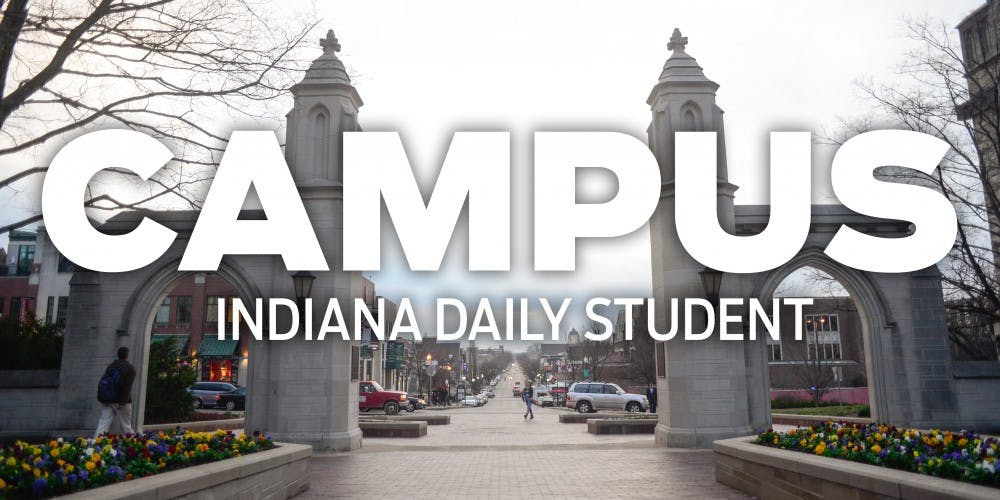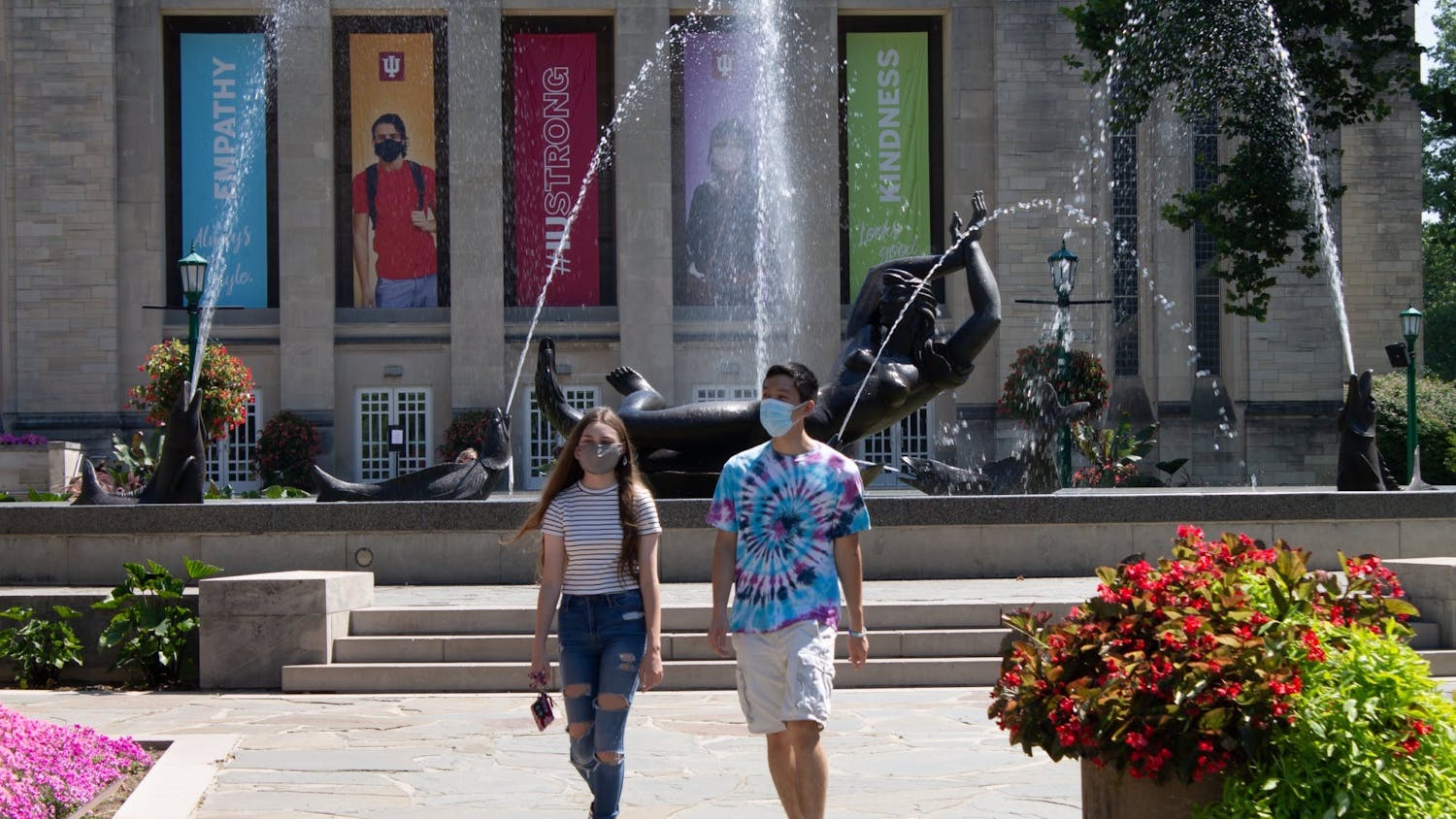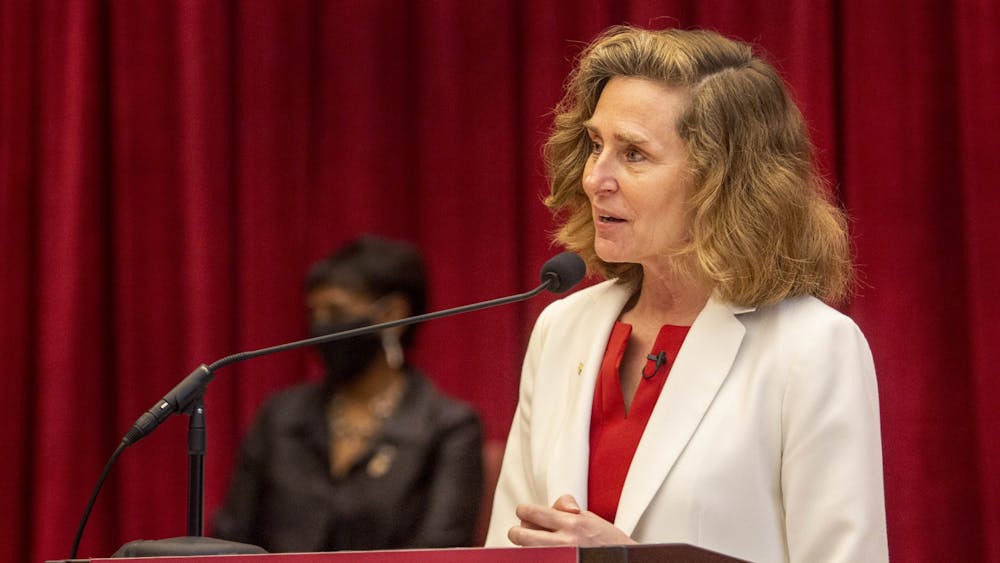George Rehrey imagines a future where IU students will have more than academic advisers to inform their academic decisions. They’ll also have learning analytics, which are data about learners in their environments, to optimize their education experiences.
Rehrey is the director of the Center for Learning Analytics and Student Success, a new center that’s part of the Office of the Vice Provost for Undergraduate Education. CLASS is working to unite IU students, professors and administrators with research in learning analytics.
CLASS grew out of the Student Learning Analytics Fellows Program, which funds faculty-led research projects that use learning analytics to promote student engagement and retention at IU.
So far, CLASS has analyzed 3.2 million data points on 150,000 students. Currently, it has 29 different research programs run by faculty members, ranging from the STEM fields to the arts and humanties.
“The need came about because it’s a very complicated task that involves many different organizations and individuals,” Rehrey said. “The Center is a collaborative space with many different projects going on.”
CLASS draws on data left by students as they engage with the University throughout their time in school.
“From the day the student sends in their application until years after they leave the university, they’re leaving a data trail,” he said.
Rehrey looks at the data sets used by CLASS in four broad categories. Student demographics ask questions about the ethnicity, class standing and age of students. The category of student preparation asks questions about what transfer credits students come in with or what remedial courses they need.
The student performance category addresses GPA and graduation rates. Student choice considers how students move along their path to graduation, like why they choose the majors they choose and why they decide to switch majors.
And although IU is large and diverse, the data that CLASS uses can be narrowed down to study smaller groups of students, like first-generation students or students from Indiana.
“This is relatively new in terms of big data because the data was never really available before because it gets kept in all these different places,” he said.
Previously, information about students’ housing decisions, club participation and grades was scattered across campus. Groups like the Bloomington Assessment and Research have united all that information in one place, allowing CLASS to conduct its research.
Using learning analytics, professors could better understand the group of students they’re teaching. Learning analytics could help identify early warning signs for students, so they can seek help when they most need it.
“The ultimate goal is to help students pick majors in a timely fashion and then stay in school - because we have a lot of students drop out - and then graduate on time,” he said.
For instance, a student could approach their academic advisor about taking a class in the fall. If the student knows that only 40 percent of students who take the class graduate on time, they might reconsider.
“The idea is to move from anecdotal storytelling to actually using solid evidence to make decisions,” he said. “The student can then make an informed decision.”
He mentioned Netflix and Amazon and the algorithms they use to recommend a new movie or products to users. The same strategies are at play for learning analytics and academic advising, he said.
Although there are similar centers to CLASS, like at the University of Michigan or Georgia State University, those centers tend to use a top-down approach that don’t include the faculty population, Rehrey said. Sometimes, other centers use outside vendors that are hired to go into universities to complete research. By contrast, CLASS uses its own resources with their own staff on campus.
“Ours is a very grassroots type of learning analytics,” he said. “There’s this notion that faculty are some of the people to be doing this work because they’re constantly working with the students. At a university, the faculty are at the core of the decisions that get made about what a student is studying and doing for a major.”
Emily Eckelbarger






